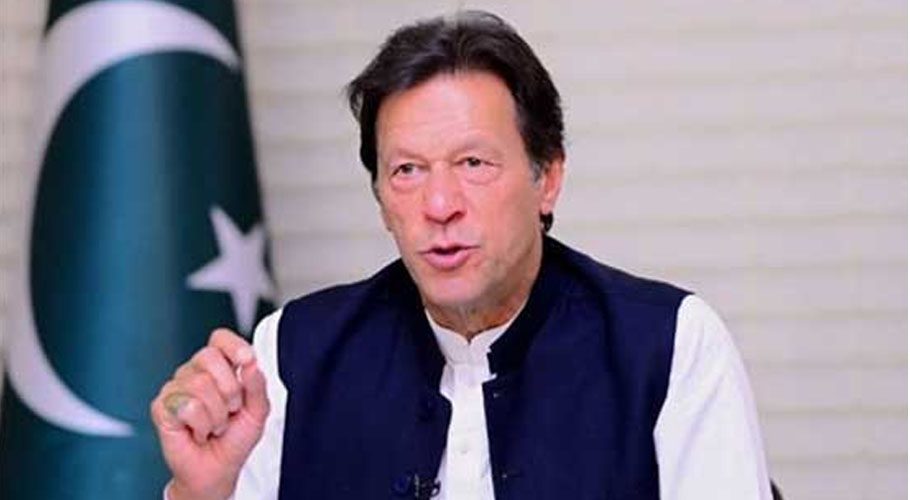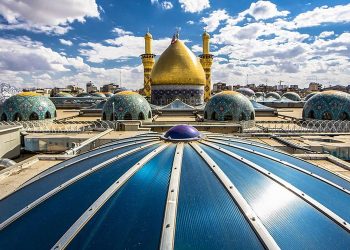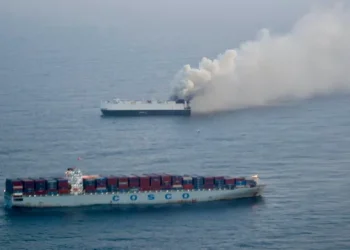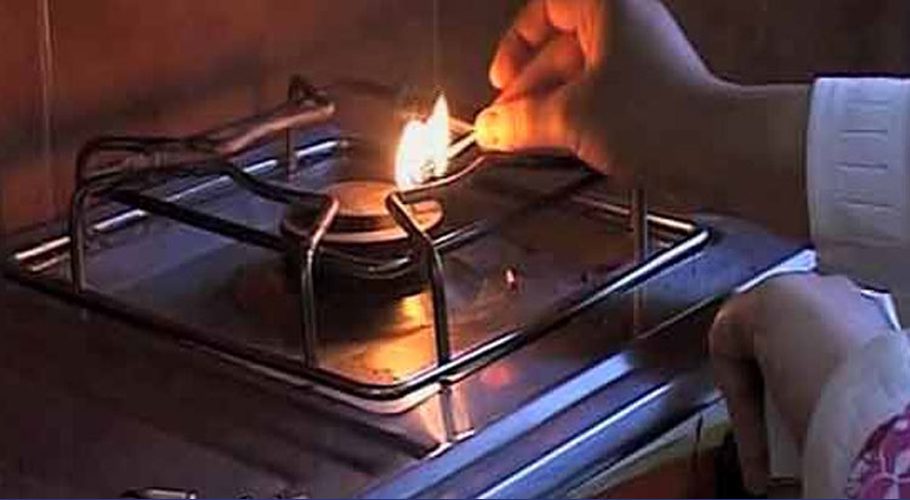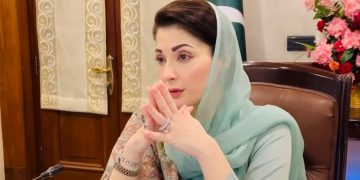The political temperature in Pakistan is at its peak these days as both the government and the opposition are pushing hard to defeat the rival. The government is also facing difficulties due to its angry leaders where the opposition poses threats.
However, the question here is whether the opposition can still succeed in overthrowing the government in Punjab and the federation if the government appeals to its angry allies.
Political tension
Opposition Pakistan Peoples Party (PPP) Chairman Bilawal Bhutto Zardari is holding a long march against the federal government and claims that a no-confidence motion against the government will be brought in the National Assembly after reaching Islamabad. The opposition claims that it has the support of dozens of members of the government, which will make the no-confidence motion against the government a success.
Government problems
Regardless of the opposition protests, the government is facing difficulties due to its allies and allies. Yesterday, the influential PTI leader in Punjab Aleem Khan announced to join the Jahangir Tareen group. Leaders close to the BJP have their support, while the Jahangir Tareen group has already caused trouble for the government.
Party position in Punjab
Look at the government benches in the 371-member Punjab Assembly. Pakistan Tehreek-e-Insaf (PTI) is the majority party with 184 seats. More than the required 186 seats have the support of 195 members.
Pakistan Muslim League-N has 165 seats and Pakistan Peoples Party has 7 seats on the opposition benches and if one member of the Pakistan Rah-e-Haq Party supports the opposition, the total becomes 187 and the PTI has 184 seats. That is, if the opposition parties unite, a government can be formed in Punjab easily.
Comparison of government and opposition in federation
Pakistan Tehreek-e-Insaf (PTI) is leading in the 342-member House with 155 seats. Muttahida Qaumi Movement (MQM) has the support of 7 seats, Pakistan Muslim League-Q 5 seats, BAP 5 seats, GDA 3 seats, Awami Muslim League 1 seat, Do Azad and Jamhoori Watan Party 1 seat. The result is 176, which is 4 votes more than the 172 required to form a government.
Now if you look at the opposition benches, then Pakistan Muslim League-N with 84 seats first, Pakistan Peoples Party has 56 seats, Muttahida Majlis-e-Amal 15, BNP Milli 4, Awami National Party one and two independents, and the total of the opposition is 162.
The formation of a federal government requires the support of 172 members and if the existing 162-member opposition gets the support of United National Movement Pakistan (UNMP) with 7 seats, PML-Q with 5 seats, and BAP with 5 seats, this number becomes 179. And even if the PML-Q’s 7, Do Azad, and Jamhoori Watan parties also come with the opposition, it is possible to form a government.
Political change
A change of government through a vote in parliament is part of the democratic process, and if the opposition coalition really unites, it could create problems for the government, while if the government addresses the concerns of allies and allies, the opposition will be moved in the House. Distrust and in-house change attempts can be difficult.







